The current exhibition at Florida Atlantic University’s Ritter Art Gallery, titled “The Dreams of Our Fathers: Environment, Technology & Urban Landscapes”, consists of many social commentaries on climate change and technology, often utilizing artificial intelligence (AI) and other technologies.
According to Véronique Côté, Ritter’s curator and director, the exhibition was inspired by the American Dream, which young Americans today are starting to realize they won’t be able to achieve, both financially and ecologically, because it “doesn’t exist.”
“We have to stop fighting and being angry that we’re not going to get the house and the green lawn and realize that a green lawn was horrible as a dream to start with,” said Côté. “That’s what Jason Lee is saying with his aesthetic greenery. And that’s what Carin Wagner’s saying with her endangered species. That’s what Scott Yoell is saying with his monopoly houses; it’s not sustainable. It’s not possible.”
Some highlights
A pink-painted wall with a graphic that reads “Gasoline Station: Augmented Reality” near Ritter’s entrance greets observers as they walk in, with QR codes leading to an app on the Apple Store and Google Play called “RoadTripMemories.”
By Canadian artist Jean-René Leblanc, this augmented reality piece represents “The rise and decline of the need for small town service stations” that is “tied to advances in automation and declining populations,” reads his online portfolio. It is meant to tell the stories of different gas stations across Canada.
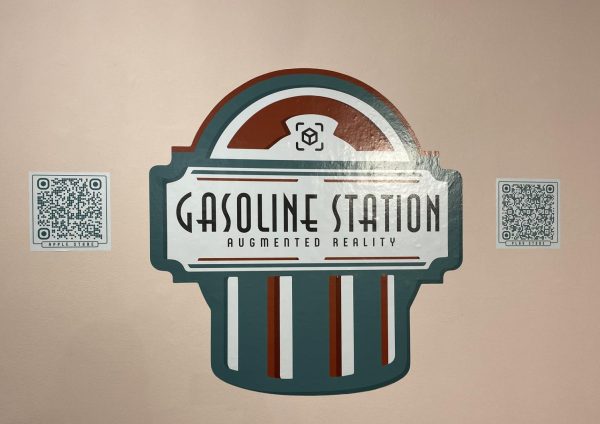
Paul Granjon takes a more humorous approach with a wooden duck that spells out “ON EST TOUFFUS” when the given handle is cranked. Across from this piece is a video titled “We Are Ducked” – the direct translation.
According to Granjon’s portfolio, the “We Are Ducked” companion pieces are “a response to eco-anxiety, a feeling of distress caused by uncertainty about the future of the planet and its ecosystems that can cause depression and hopelessness.”
Behind the scenes – or is it?
For most technology-based pieces in the exhibition, the technical components are not hidden, which Côté says is a commentary on how technology could replace artists.
“We could have chosen to hide all these like electrical cables, but at the same time, that’s… like the ugly truth behind everything. Not everything is going to be pretty with technology,” said Christos Darras, Ritter’s production manager.
Two pieces in particular rely heavily on technical components to carry the illusion.
“Oracle” by Matt Kenyon is a sculpture depicting a burning tire, an illusion that requires a water tank to create the smoke coming out from behind the tire. This piece is a commentary on the negative effects of greenhouse gas emissions on the environment, according to Côté.
Jason Lee’s modular landscape of geese on artificial grass is created with light boxes. The piece is part of his Euthenics series, which, according to his website, “…display photographic images of sections of a cascading pristine creek, or a compartmentalized landscape, frozen in time.”
Fine art, abstract and photography
Artist Carin Wagner went the more traditional, fine-art route with no technology. Wagner used oil paint to create hyper-realistic paintings of endangered tree species such as American Chestnuts and Mahoganies, as well as their extinct counterparts.
Unlike the endangered trees hung in this exhibition, her ghost tree series are created with inverted colors.
“[This exhibition’s] paintings are appreciating the glory of each one of these trees still alive right now,” explained Wagner. “But the ghost trees are representing the loss.”
She chose to create her tree paintings through hyperrealism, a style that is tedious and detail-oriented, so viewers can experience the “moment of wonder” she felt as she stood under trees that might not exist in a few years time.
Nan Smith’s “Code Blue” ceramics series focuses on water conservation, emphasizing the impact of human water usage on animals, according to her website.
Côté says Smith’s ceramics series, along with Wagner’s endangered tree paintings, brings aesthetic beauty to the more raw type of exhibition she has curated.
“There’s an aesthetic beauty to what [Smith] presents and she’s trying to bring in a little bit of tongue-in-cheek into the issue, which is really a lot easier to digest,” said Côté.
Along the walls of the exhibition is a series of photos by Eric Kunsman showing different phone booths in various neighborhoods throughout the United States to represent individuals who are being left behind by technology.
“Our society has become one in which you must have access to these tools to be provided support services and a job, or you are left behind, widening the gap between the lower and middle classes,” reads an excerpt from Kunsman’s project portfolio.
Côté emphasized that phone companies are aware of the areas in poverty, but choose not to do anything about it in favor of prioritizing profits from individuals living in areas that are already in a higher economic standing.
“It’s a self-fulfilling prophecy,” said Côté.
A hidden gem
The Ritter is student-run and operated, says Darras, who is a senior double majoring in history and anthropology and minoring in museum studies. Most Ritter employees are students, and some students are also involved in the installation process for different exhibitions.
To students not working at the Ritter, though, Darras feels the gallery is a hidden gem. “A lot of people don’t realize we have this on campus, and that’s sort of a shame,” said Darras.
The Ritter Art Gallery is open Tuesday through Saturday from 1 p.m. to 4 p.m. Darras and Wagner strongly encourage students to visit the Dreams of Our Fathers exhibition, which closes on March 1.
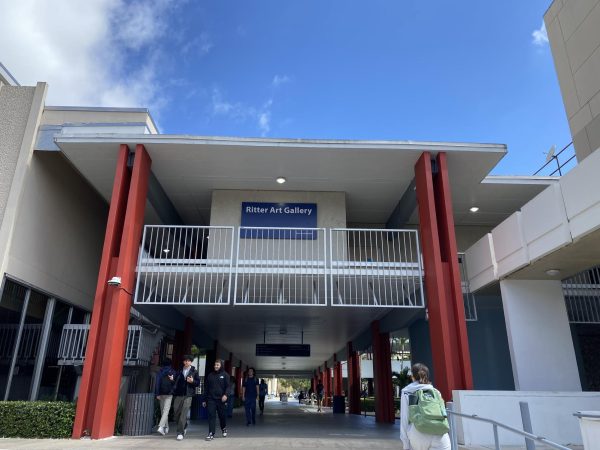
With so many audio and video elements, the exhibition is a “much richer experience” in person, says Wagner. She believes when students see the gallery, they should dig a little deeper into what each artist’s intentions are behind their pieces.
As for what Wagner wants students to take away: “I think we’re unique in our ability to create the environment of our imagination, but we are also unique in our ability to destroy.”
Elisabeth Gaffney is the Managing Editor of the University Press. For more information regarding this story or others, please contact her via email at [email protected] or DM her on Instagram @elisabethgaff.






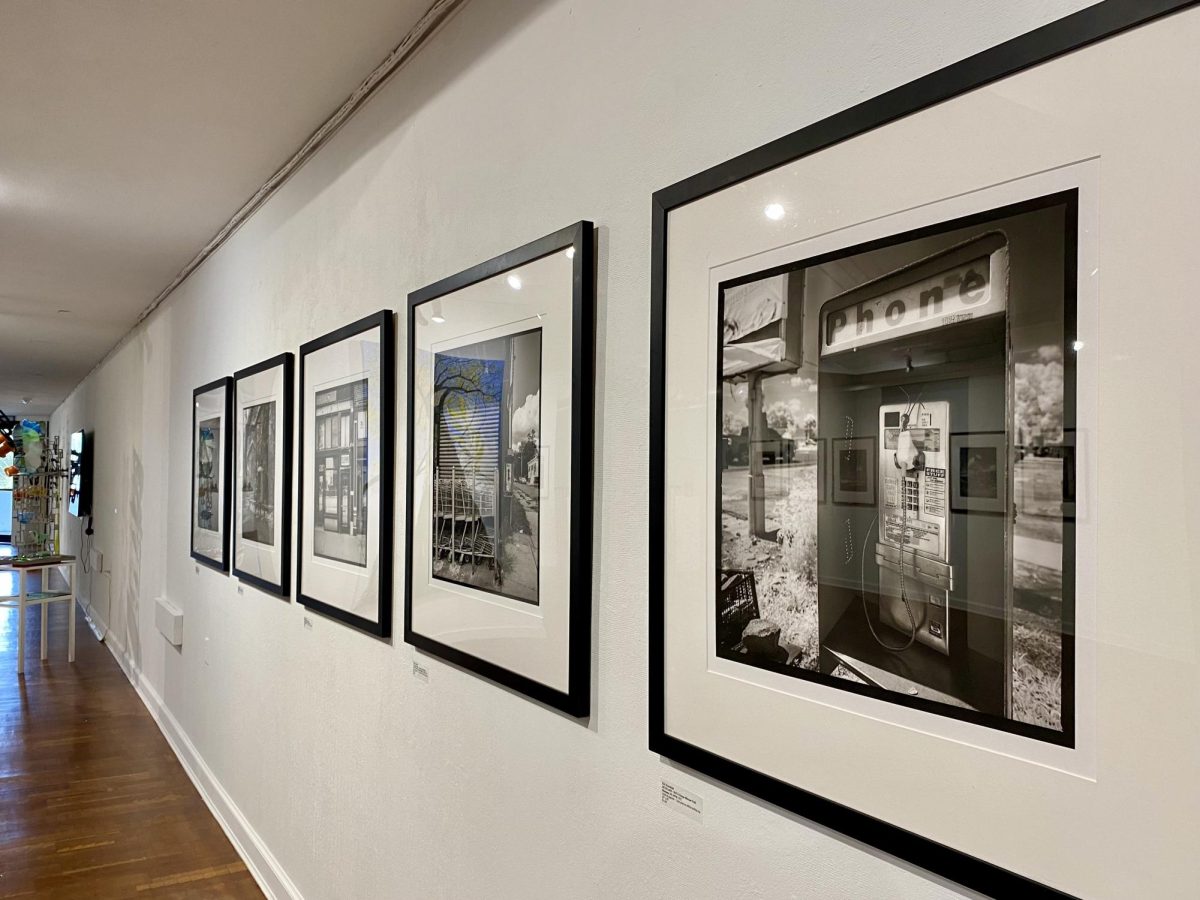
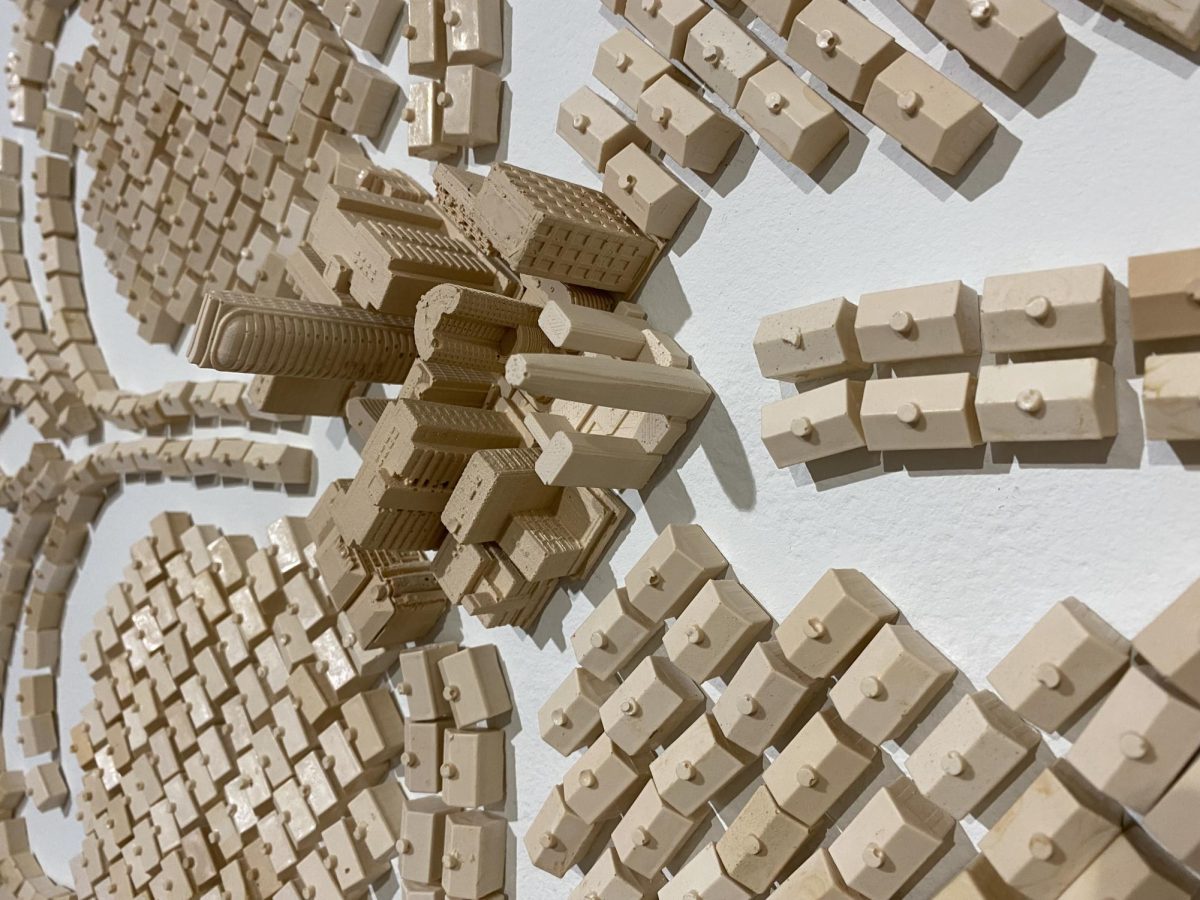
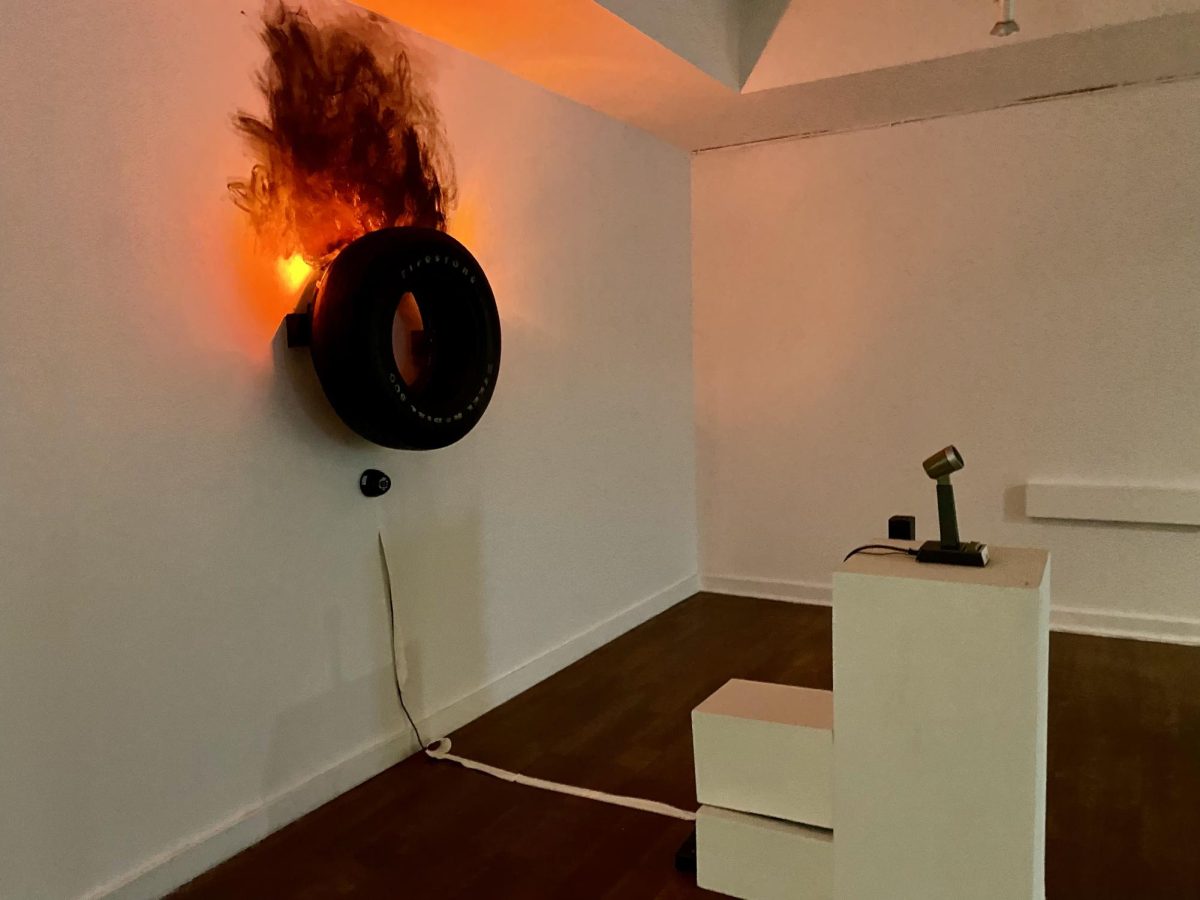
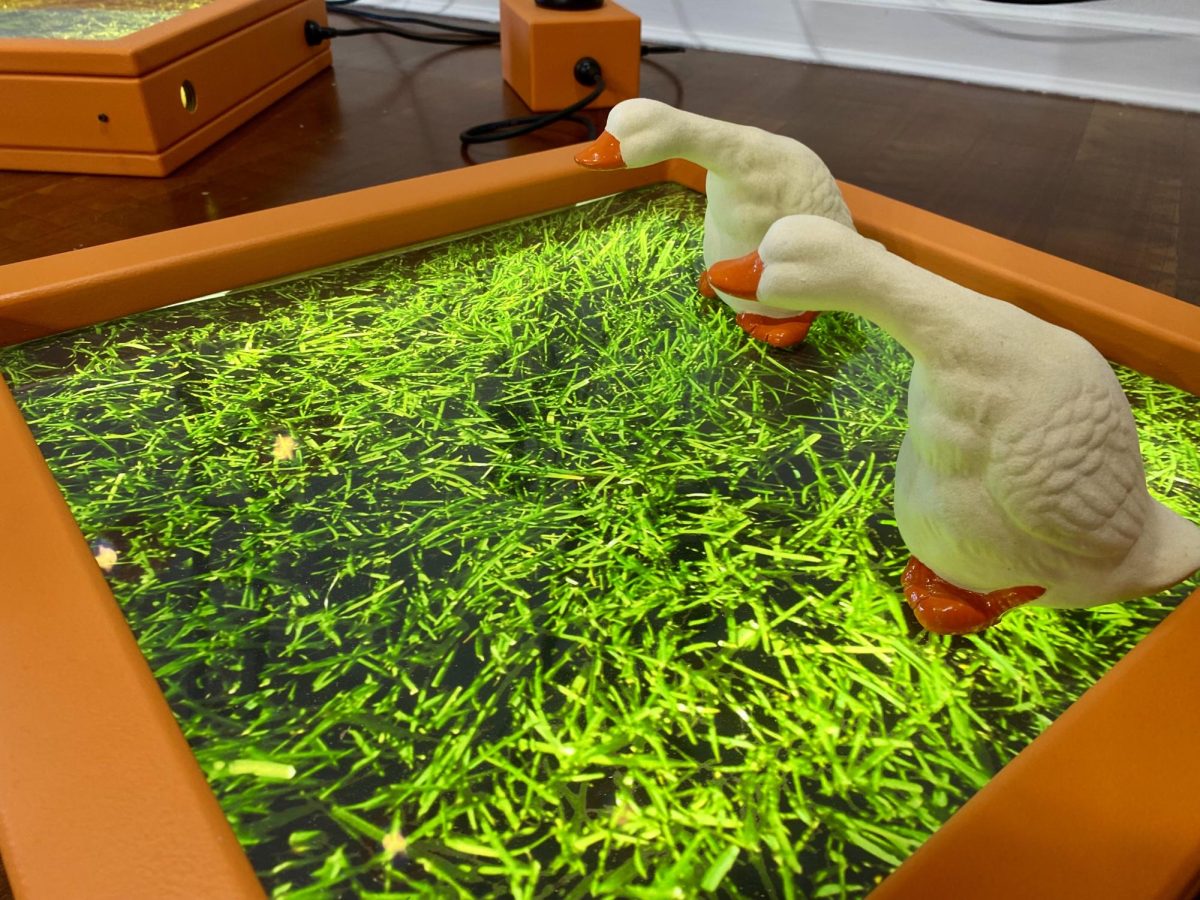
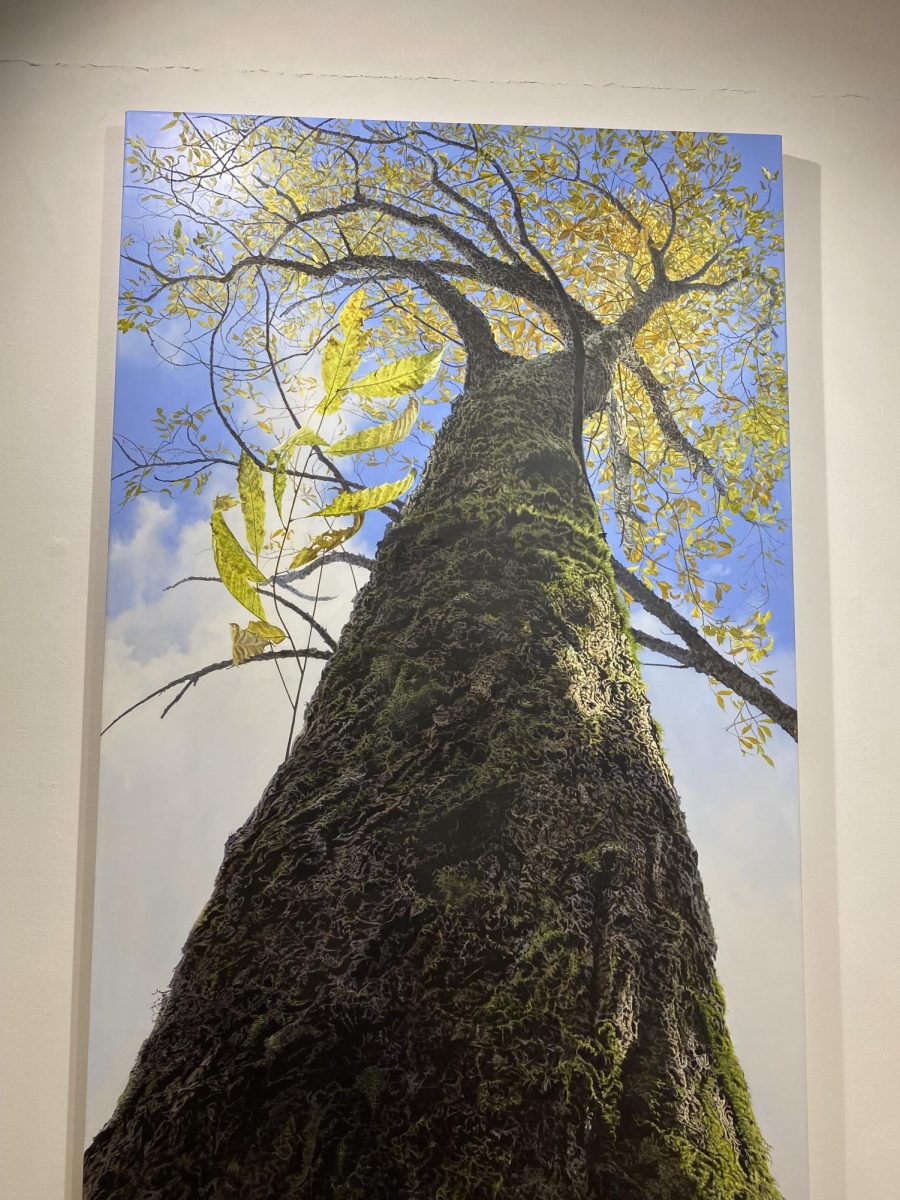
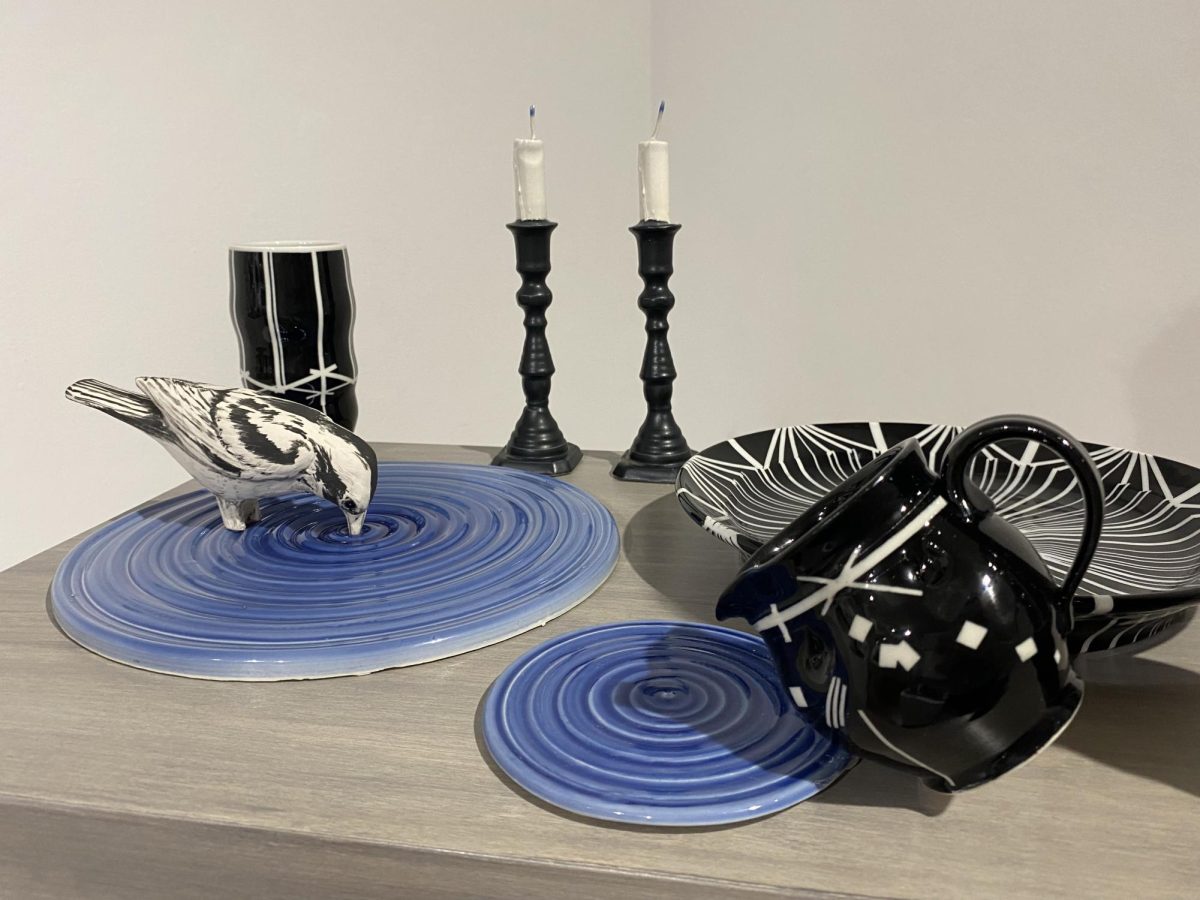
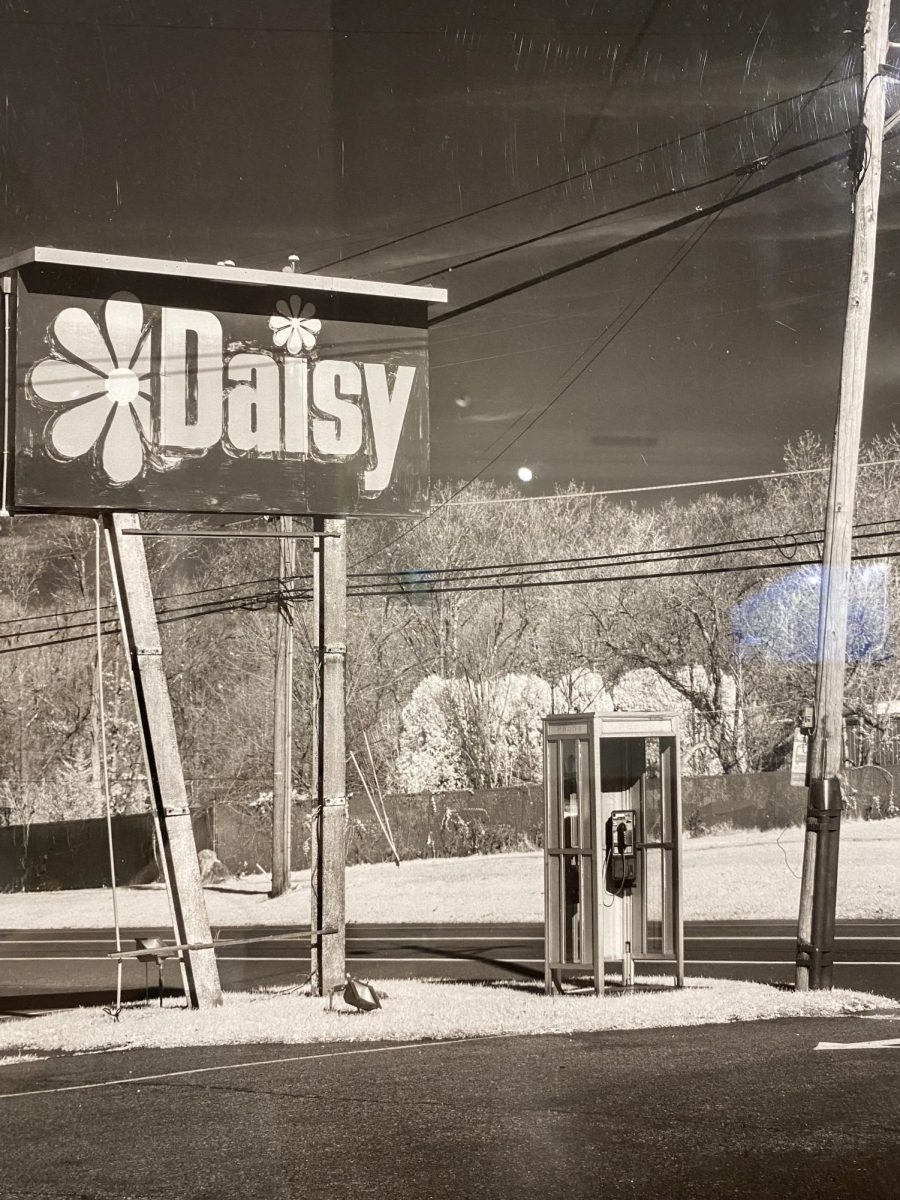
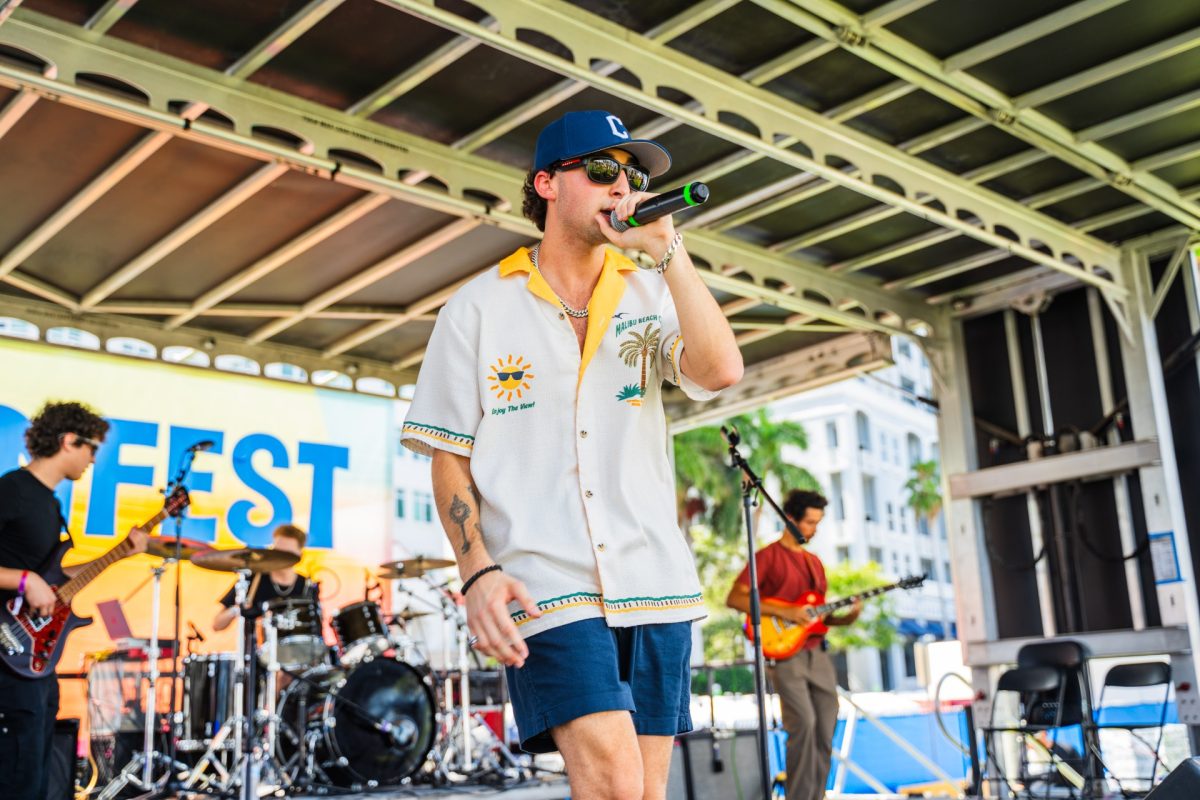


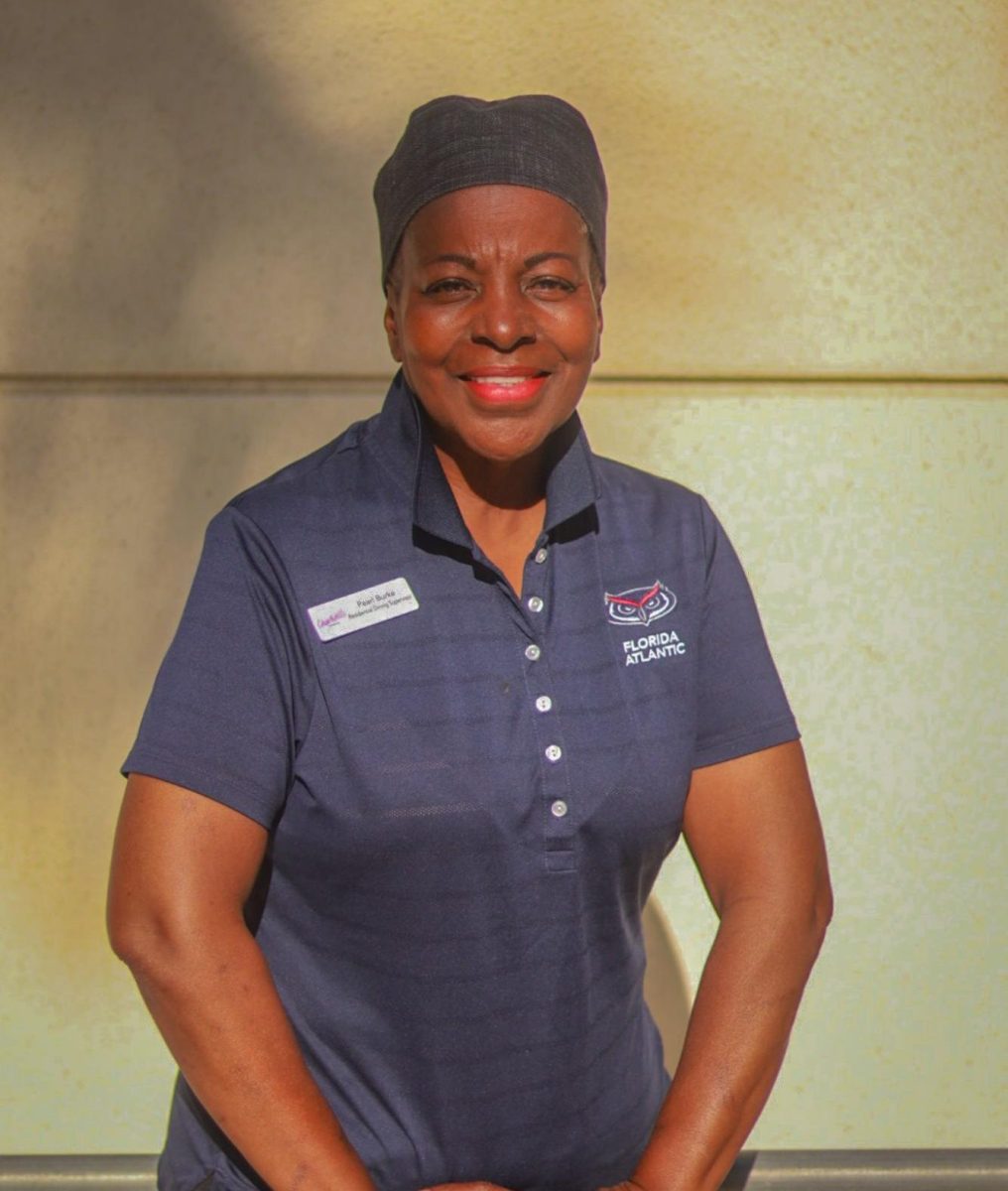
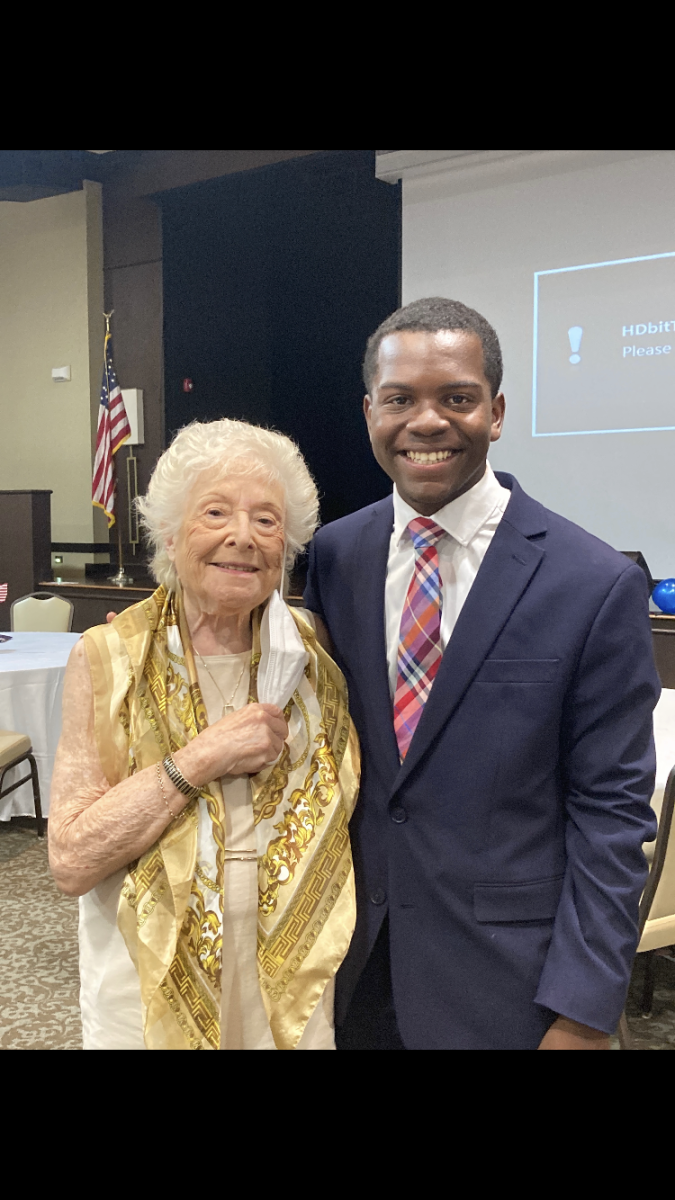
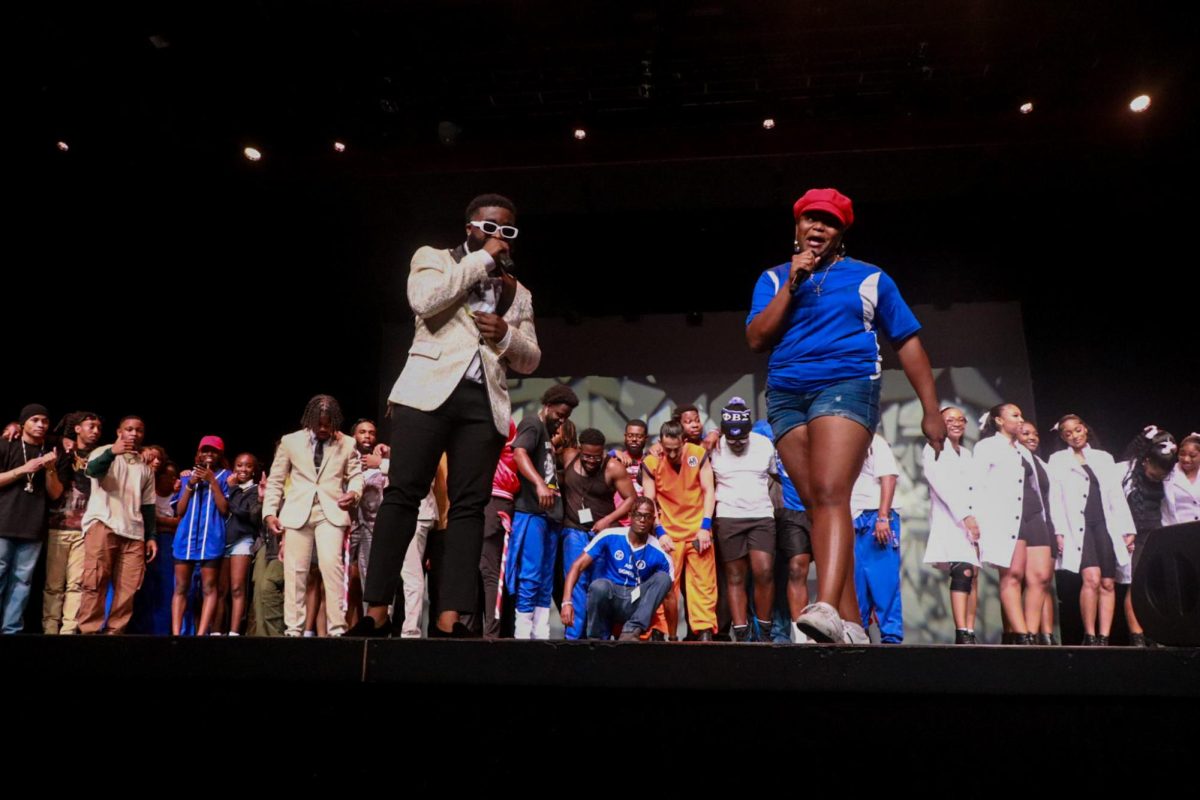

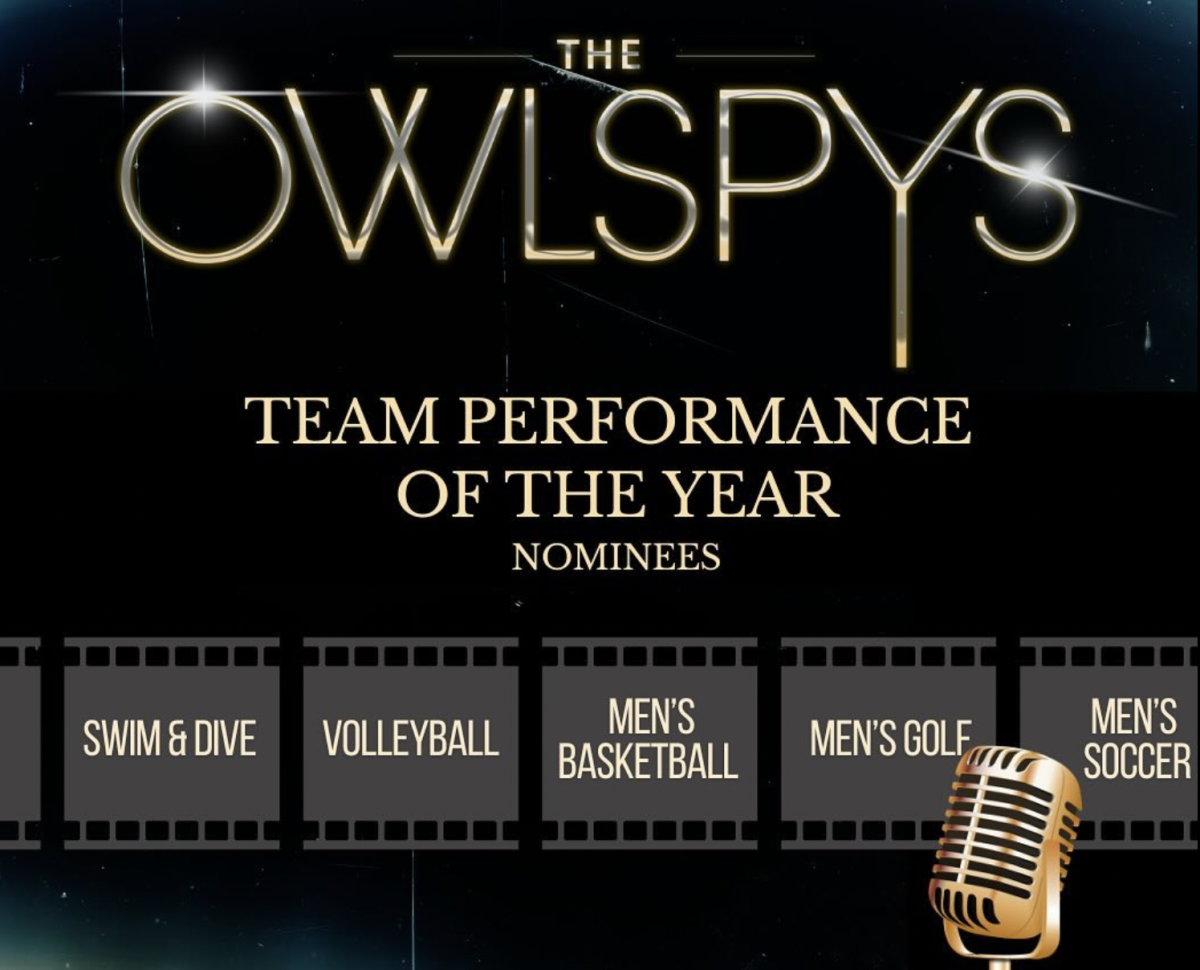


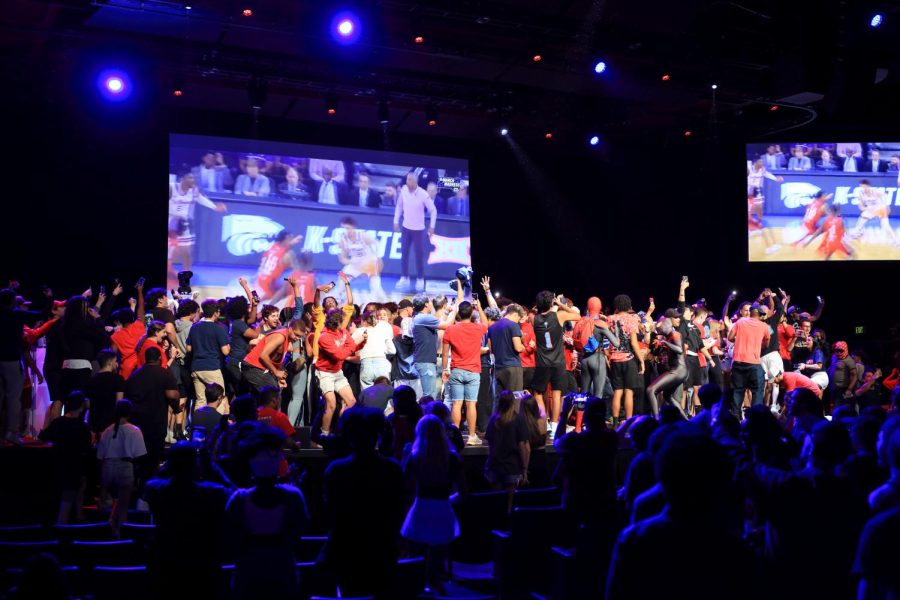
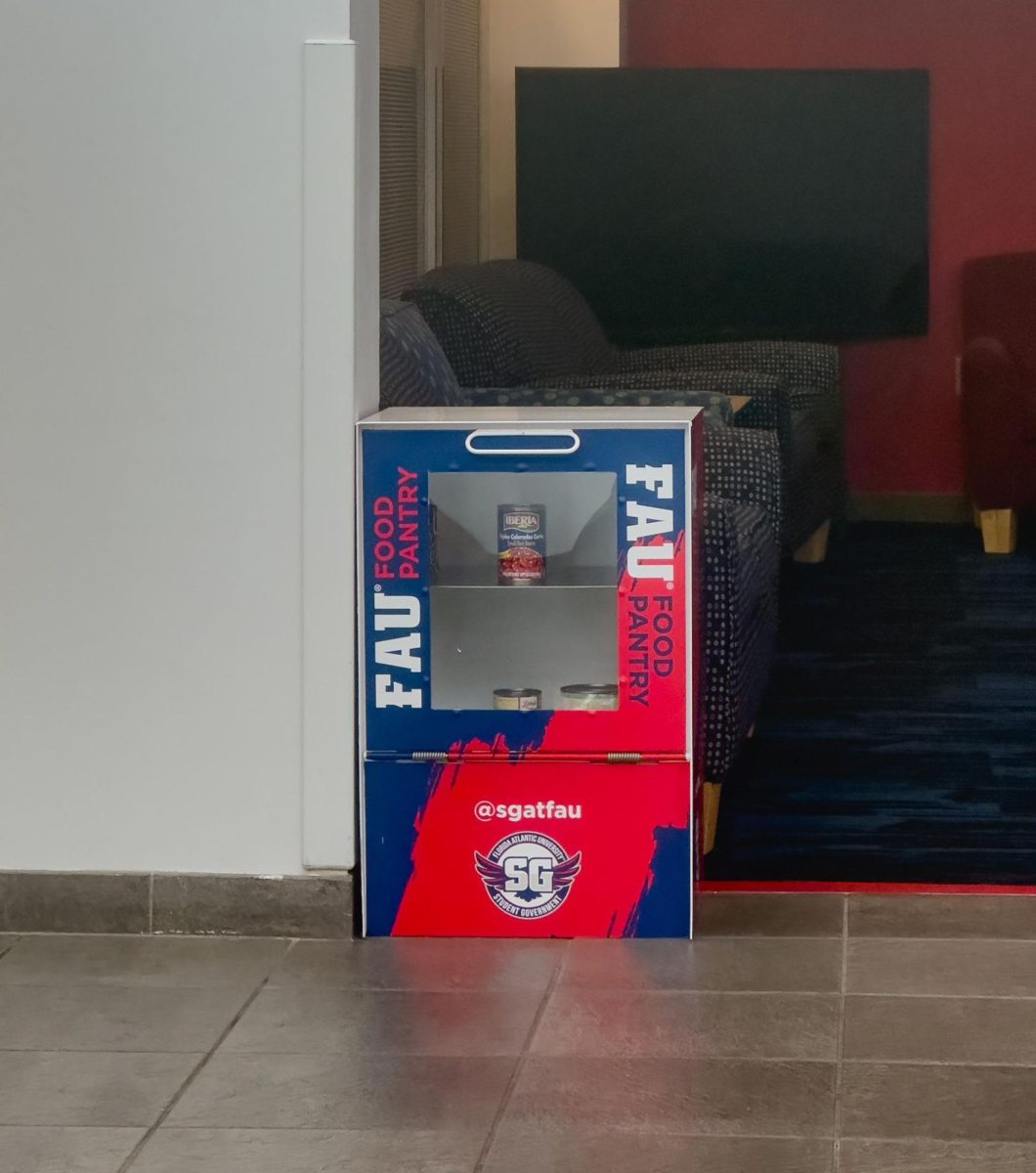







Kayla • Feb 24, 2024 at 12:53 am
so cool